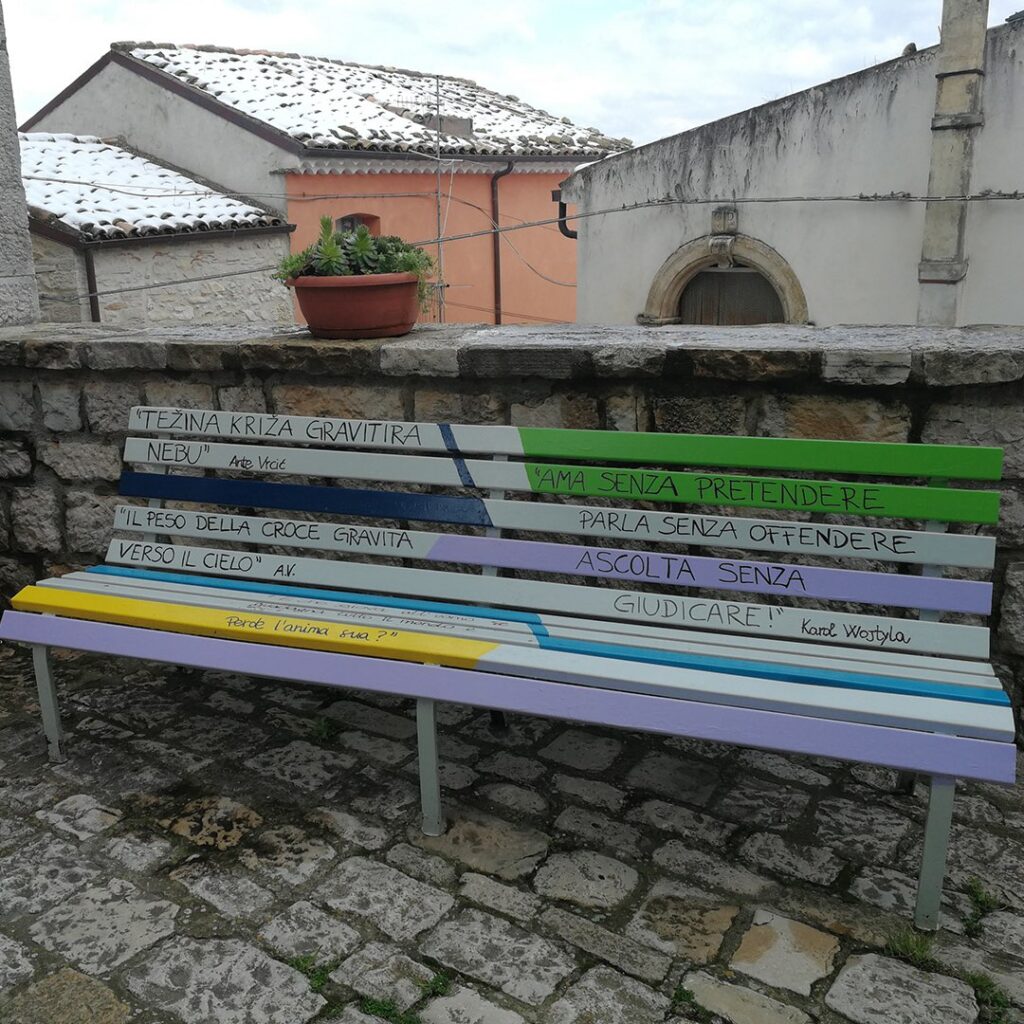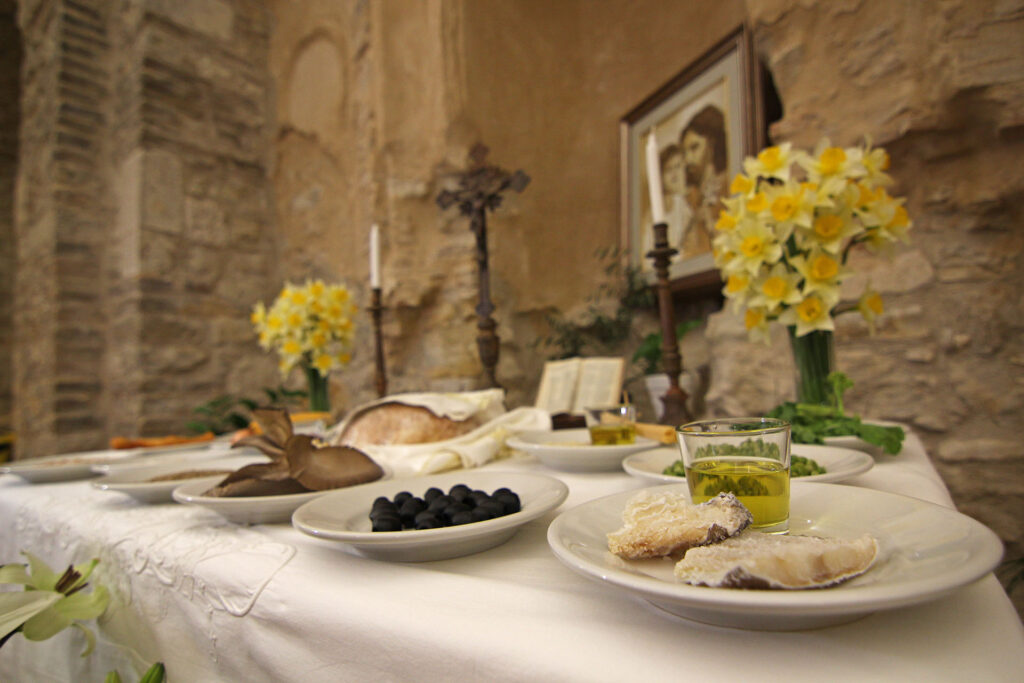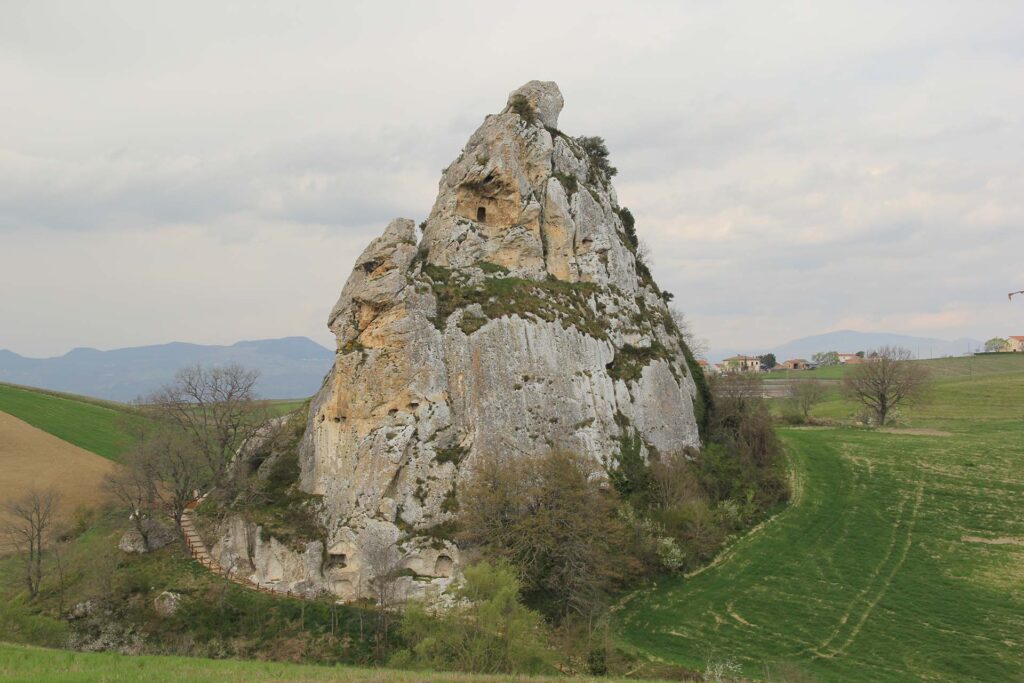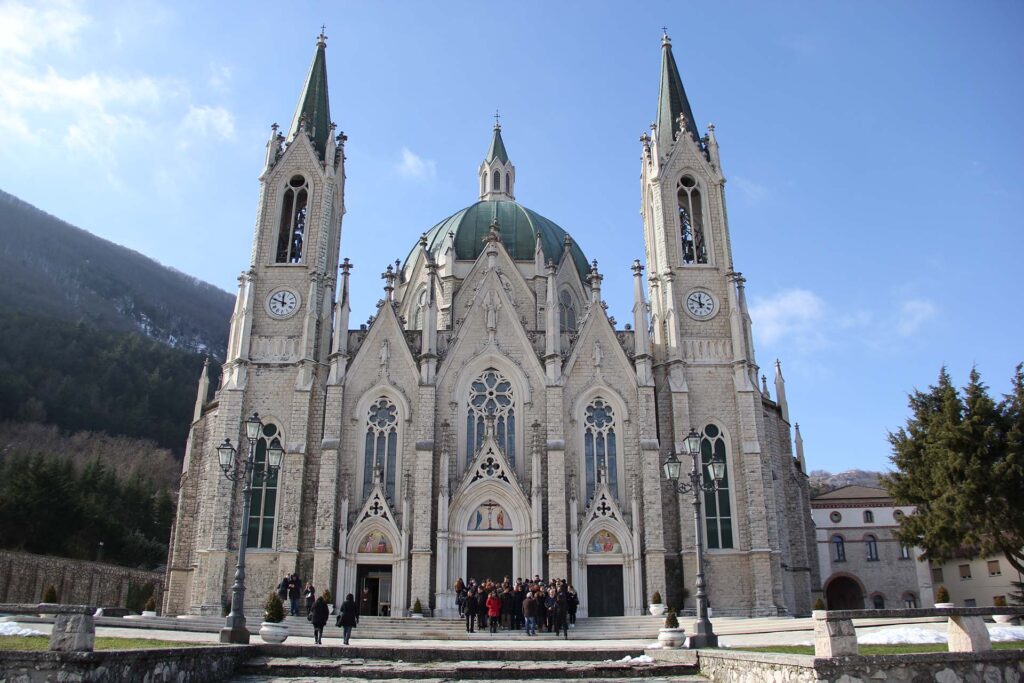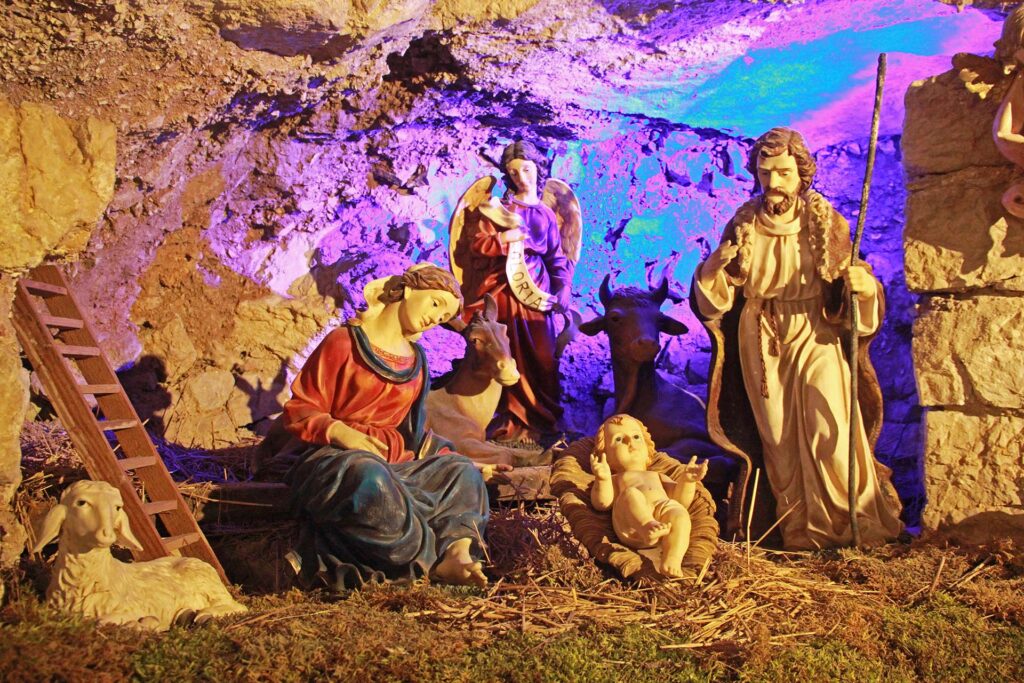Discovering Molise’s linguistic minorities.
Amidst the rolling hills and silent villages of Molise, a varied language rises, telling ancient and fascinating stories.
A journey between past and present, where language becomes a bridge between cultures that intertwine and merge.
From Molisian dialects to minority languages: this little gem of Italy presents itself as a linguistic kaleidoscope. A journey where no one is a foreigner, but a traveler enchanted by the beauty of diversity.
A varied and colorful framework of Molise dialects runs through the entire territory.
Molise, a region rich in tradition and diversity, holds a unique linguistic heritage rooted in the complex and multicultural history of this little gem of Italy. Cadences, terms (often incomprehensible even to “suburb neighbors”) and idioms are the result of different influences and historical paths that come to the present day strongly influenced by variables such as the morphology of the territories and connectivity with neighboring areas.
The heritage of minority languages.
And if dialect, as in other places in Italy, represents a founding element of the intangible heritage of the community, in Molise there is an additional element that makes the journey to these lands even more fascinating. In a small handkerchief of land, not one but two minority languages insist, out of the 12 nationally recognized and protected: Croatian-Molisan and Albanian-Molisan. With a tragically common historical path, the origin of both language minorities in Molise is intertwined with a history of occupation, forced migration and conquest. These languages, witnesses to ancient colonization and cultural influences, are still an integral part of Molise’s linguistic heritage, contributing to the beauty and charm of these places.
A language journey in Molise is a journey into the beating heart of this land, an invitation to understand and appreciate the variety that makes Molise a unique place in Italy.
Of the two, the Arbereshe (Albanian) community is certainly more substantial and active: more information and written records are available on early settlement and community development; more members speak the ancient idiom; and, certainly, there are numerous initiatives to keep the sense of community alive.
A nice example is a website that collects data and information, Arberesh World
In contrast, the situation is opposite for Croatian minorities, which are in a decidedly waning phase. Due mainly to youth exodus, “na-nanso” is an idiom spoken by a few hundred people. An idiom that endures thanks to the few local young people who are passionate about their roots and the many poems in the language that a handful of authors have decided to write to preserve traditions.
Yet, spending a day in an Albanian or Croatian village can be a unique thrill-a journey not so much through time, but more importantly a journey through space. The signs, the lettering in the stores, even the public documents posted on the bulletin boards in the street, all speak to us of an ancient history that probably only those who have taken a trip overseas can understand.
This, too, is the beauty of Molise: a land where no one is a stranger.
